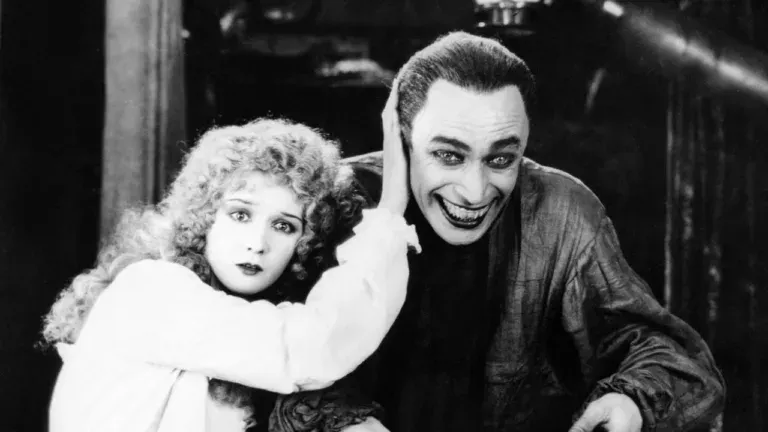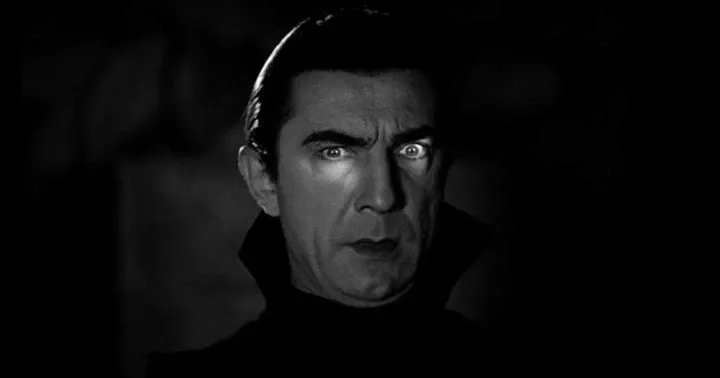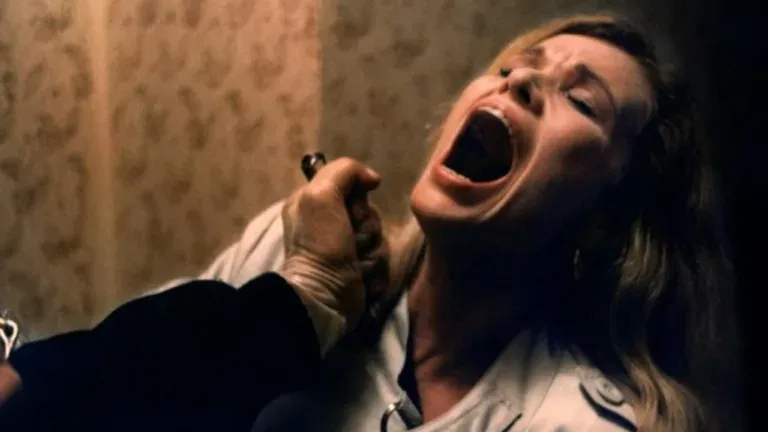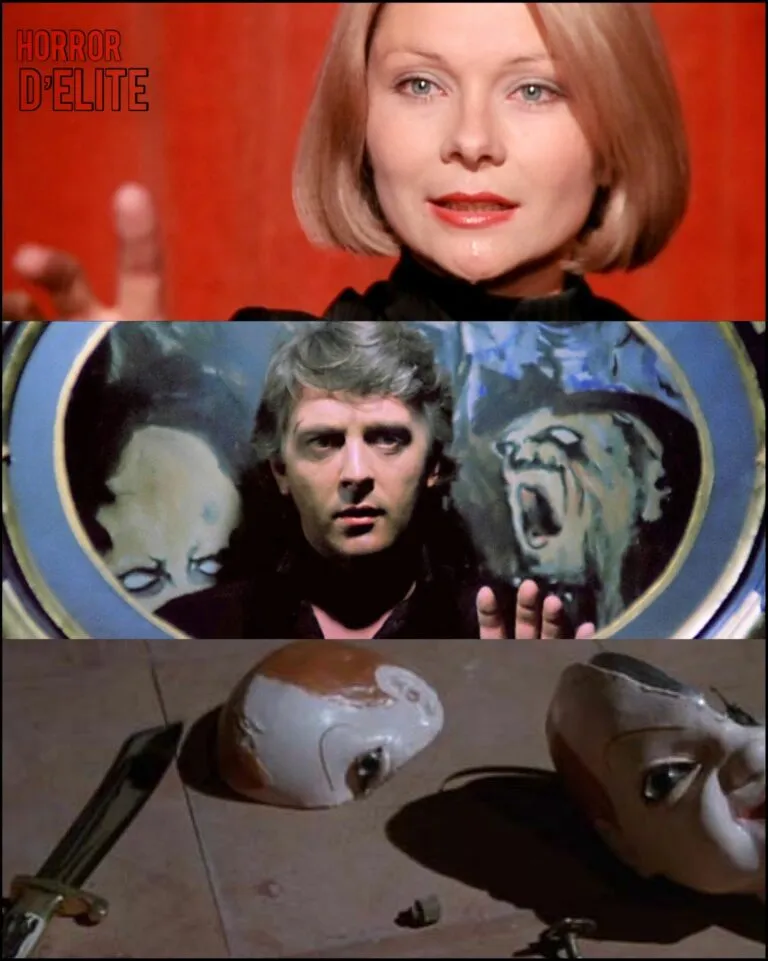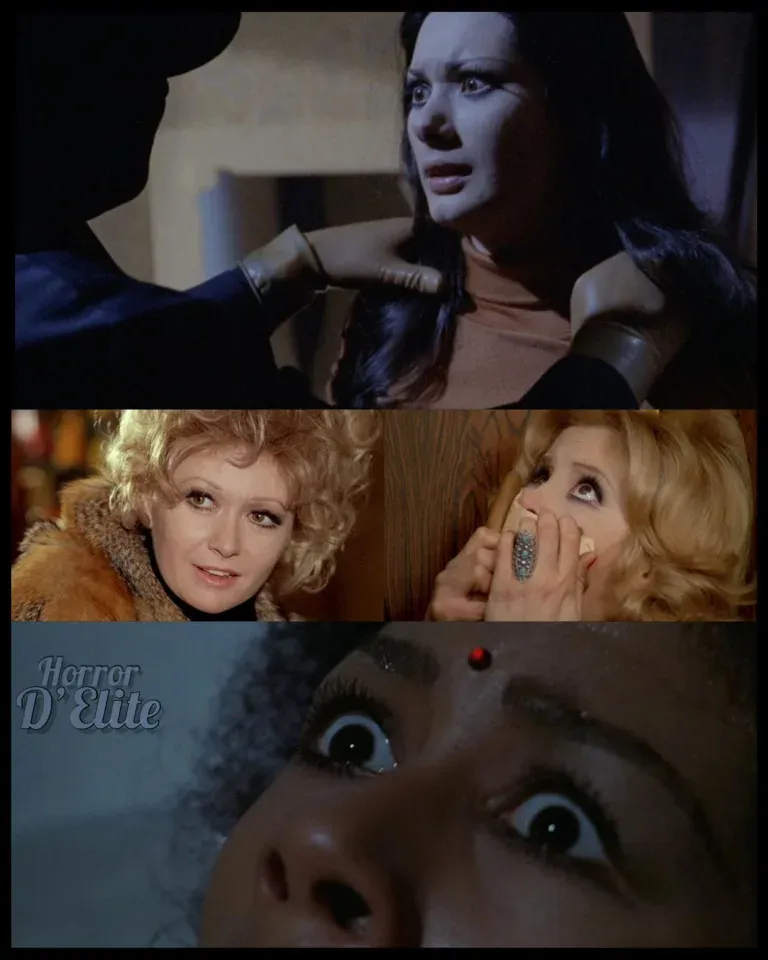The Stendhal Syndrome
Stendhal Syndrome: A Journey into the Labyrinth of the Mind
Original Title: La Sindrome di Stendhal
Year: 1996
Director: Dario Argento
Screenplay: Dario Argento
Main Cast: Asia Argento, Thomas Kretschmann
Soundtrack: Ennio Morricone
Introduction
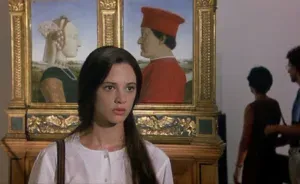
“Stendhal Syndrome,” directed by Dario Argento in 1996, stands as a unique and unsettling work in the filmography of the master of Italian horror. Known for his suspense-filled and visually innovative films, Argento delves into a more psychological dimension in this film, partially abandoning supernatural tones to focus on the fragility of the human mind.
Plot
The story follows Anna Manni (Asia Argento), a young and determined police inspector engaged in the hunt for a dangerous serial killer and rapist, Alfredo Grossi (Thomas Kretschmann). During her investigations, Anna travels to Florence and visits the Uffizi Gallery. Here, Anna is struck by Stendhal syndrome, a rare psychosomatic condition that causes dizziness, hallucinations, and fainting when confronted with works of great beauty.
This experience deeply marks her, leading her on a dark and tortuous journey within her own psyche. As she tries to capture Grossi, Anna battles her inner demons and the progressive loss of her sanity. The relationship between Anna and Alfredo becomes a complex psychological game culminating in a series of dramatic and violent events.
Themes and Style
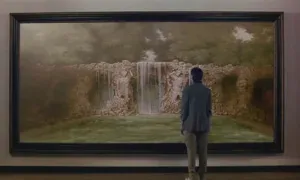
“Stendhal Syndrome” stands out for its exploration of the themes of the human psyche, violence, and obsession. The syndrome that gives the film its title serves as a powerful metaphor for the emotional and psychological vulnerability of the protagonist. Anna’s reaction to art reflects her unstable mental state and her internal struggle against trauma and obsession.
Argento employs his characteristic visual style, with a strong emphasis on aesthetics and the use of vibrant colors, to amplify the sense of disorientation and anguish of the protagonist. The graphic and disturbing scenes of violence are a hallmark of the director but here serve to underscore Anna’s mental fragility and explore the dark side of the human mind.
Psychological Analysis
The film is a profound psychological exploration of Anna’s mind. Stendhal syndrome becomes the catalyst for a descent into madness, a journey through the darkest recesses of the human psyche. Anna’s condition reflects her inability to distinguish between reality and hallucination, creating an atmosphere of constant uncertainty and tension.
Argento succeeds in capturing the vulnerability and strength of the protagonist, creating a complex and multi-dimensional character. Anna’s struggle against her inner demons is portrayed realistically and touchingly, making the film not only a psychological thriller but also a reflection on the fragility of the human mind.
Cast and Performances
Asia Argento, the direct
or’s daughter, delivers an intense and convincing performance in the role of Anna Manni. Her portrayal captures the emotional and psychological complexity of the cha
racter, conveying both Anna’s vulnerability and determination. Working under her father’s direction, Asia Argento demonstrates a deep understanding of the character, offering one of her best performances.
Thomas Kretschmann, in the role of the cold and calculating Alfredo Grossi, adds an additional layer of tension to the film. His portrayal of the serial killer is chilling and disturbing, creating a suspense-filled dynamic between him and Anna. Their interaction is a psychological game charged with constant threat, keeping the viewer on edge.
Soundtrack
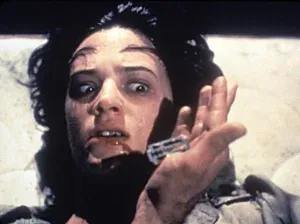
The film’s soundtrack is composed by Ennio Morricone, one of Italy’s greatest composers. Morricone’s music adds an emotional and atmospheric dimension to the film, emphasizing moments of tension and the more i
ntrospective passages. His compositions are known for their ability to evoke deep emotions and perfectly complement the visual narrative. In “Stendhal Syndrome,” the soundtrack creates a sonic backdrop that amplifies the film’s sense of mystery and unease.
Critical Reception
“Stendhal Syndrome” received mixed reviews from critics. Some praised the film for its originality and complex psychological exploration of the characters, while others criticized it for its explicit depiction of violence and certain aspects of the plot. Nonetheless, the film is considered a significant work in Argento’s filmography, marking a transition to more psychological themes.
The film continues to spark debates and analyses, confirming its place as a relevant piece in the psychological thriller genre. The depiction of Stendhal syndrome as a metaphor for mental fragility has fascinated both critics and audiences, making the film an intriguing and provocative work.
Conclusion
“Stendhal Syndrome” is a film that combines Dario Argento’s visual and narrative skill with a deep psychological exploration. Asia Argento’s performance, Ennio Morricone’s soundtrack, and the complex plot make this film a fascinating and disturbing work. For fans of Argento and psychological thrillers, “Stendhal Syndrome” offers an intriguing and provocative cinematic experience.
The film, with its intertwining of beauty and terror, continues to evoke wonder and unease, leaving a lasting impression on viewers’ minds. The depiction of psychological vulnerability and human obsession makes “Stendhal Syndrome” a unique and relevant work in the landscape of psychological and horror cinema.



